Day 2: You'll get to Gaoyou county, the historic post-office county on the Grand Canal in Yangzhou. Enjoy a panoramic view around Gaoyou at the Wenyou Tai, where the great poet Su Shi (1037-1101) once created poems, and visit the largest and the best preserved ancient post-office station in China and tour around the Zhenguo Temple Pagoda at a small island on the Grand Canal. Following that, you can head to Huai'an and explore the city’s significance in Chinese water transport history at the China Water Transport Museum.
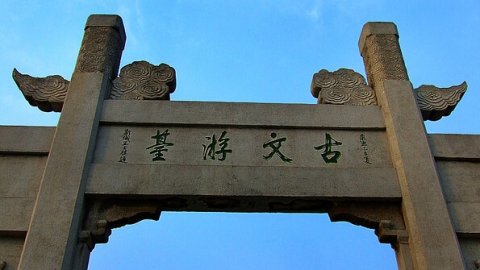 |
|
Built at the top of the Dongshan Hill in 976, the Wenyou Tai (Literature and Travel Terrace) in Gaoyou county is famous for Su Shi (1037-1101), the great litterateur of the Northern Song Dynasty, who once traveled to the place and created poems with local elites including Qin Guan, Sun Jue and Wang Gong. Overlooking the beautiful scenery down the hill and appreciating calligraphy arts engraved on buildings, you may get some literature and poetic inspiration during the trip. [Photo/sjtour.com] |
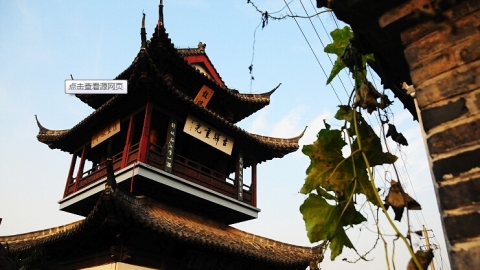 |
|
Gaoyou county was named after its first post-office (refers to "郵" with the pronunciation of "you") on a hut (refers to "高" with pronunciation of "gao") set up in 223 during the Qin Dynasty. The Yucheng Postal Station built in 1375 near the west of the Beijing-Hangzhou Grand Canal is the largest and the best preserved ancient courier station in China. Many ancient facilities such as main halls, storehouses, kitchens and stables in the station have been well-maintained. [Photo/sjtour.com] |
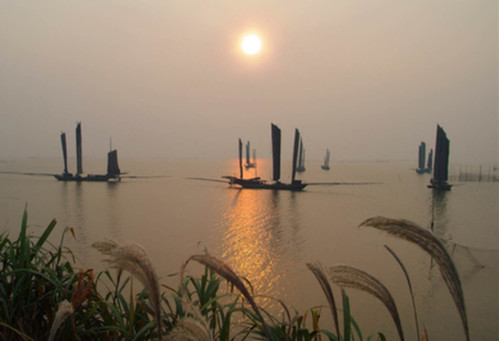 |
|
Occupying an area of 760 square kilometers, the Gaoyou Lake is the sixth largest freshwater lake in China. It has been called a "suspended lake", for the water level of the lake is higher than that of the Beijing-Hangzhou Grand Canal. With red-crowned cranes, egrets and a variety of water birds perching around the lake, you can enjoy watching harmonious nature scenes here. [Photo/baike.baidu.com] |
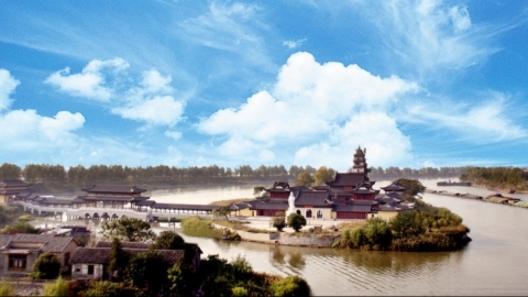 |
|
Located on a small island on the west side of the Grand Canal in Gaoyou, the Zhenguo Temple Pagoda was built during the reign of Emperor Xizong (AD 874-889) in the Tang Dynasty. The nine-story brick tower caught a fire in Qing Dynasty and was rebuilt into a seven-storey pagoda after repairs. The spire of the pagoda is a bronze gourd with Chinese characters "Feng Tiao Yu Shun, Guo Tai Min An" (meaning 'good weather for crops, peace and prosperity for the nation') having been engraved on it. It has been honored as the "the Dayanta Pagoda of the South" in comparison to the famous Dayanta Pagoda in Xi’an, Shaanxi province. [Photo/sjtour.com] |
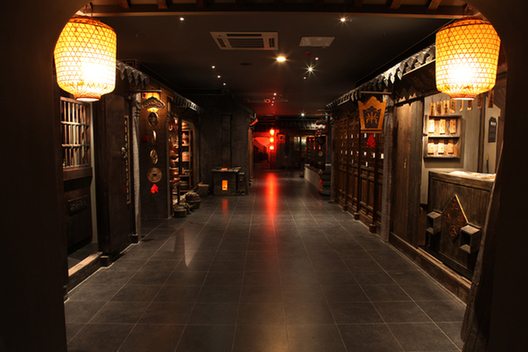 |
|
Covering an area of 6,300 square meters, the China Water Transport Museum was built in 2008 near the Ruins of the Water Transport Governor's Office to showcase the profound water transport history of Huai'an. Located at the intersection of the Huai River and the Beijing-Hangzhou Grand Canal, Huai'an helped boost the nation's economic development through water transport in history. Ancient water transportation vehicles and related items, cultural relics of tribute grain used as currency substitutes, and letters and articles used by water transport officers offering clues of the city’s brilliant water transport culture are on display at the museum. [Photo/cwtmuseum.com] |
For a scholar focusing on Australia's public diplomacy, working as a recreational manager in China may never be part of his career path. But Bradley McConachie does have lots to say now about his special experience at a resort in the picturesque tropical coastal city of Sanya in South China's Hainan province.

One of the potentially most traumatic things a girl has to go through is finding a new hairdresser.